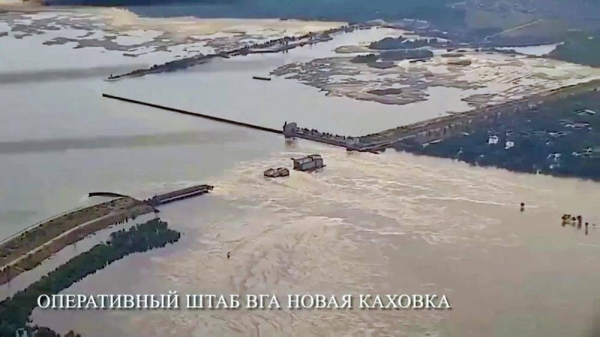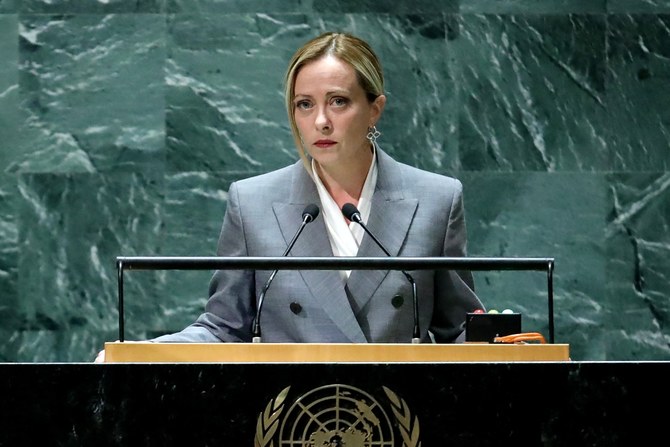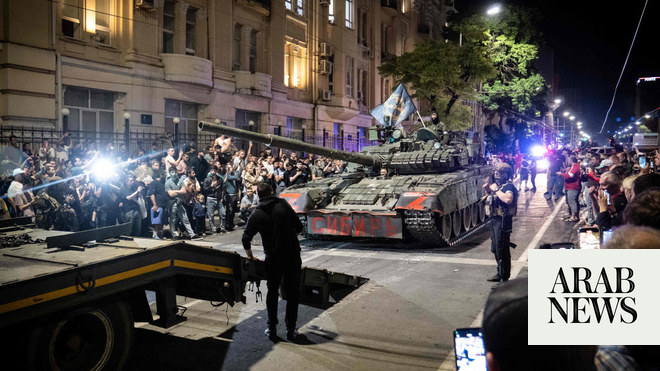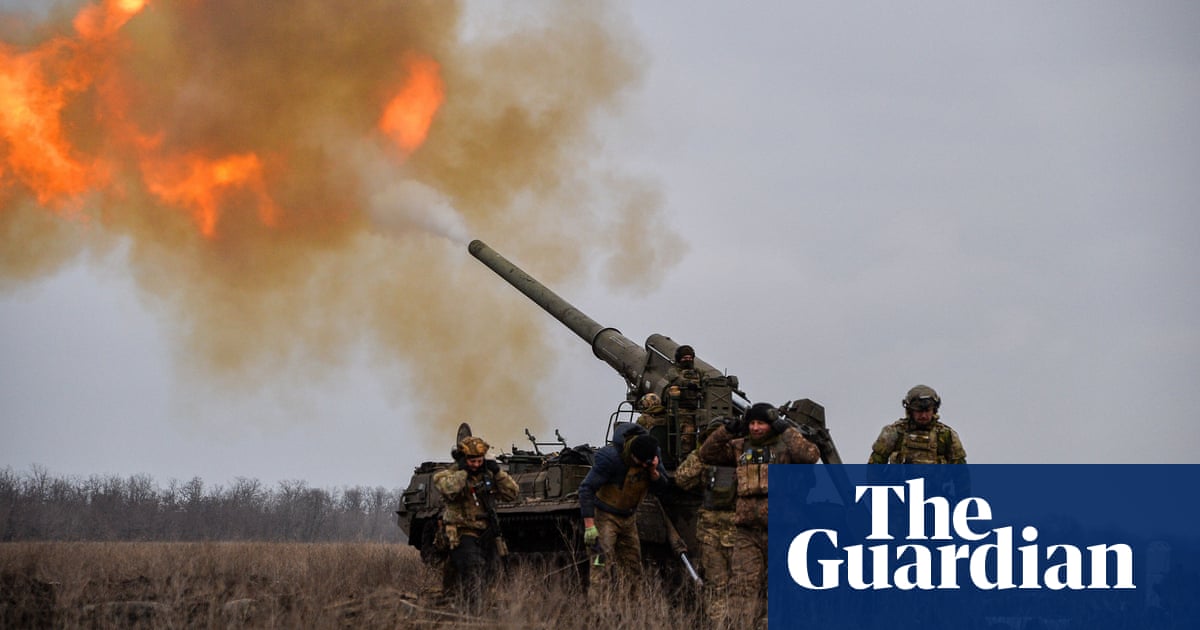
The size of the flooded area in the Kherson region as a result of the Kakhovka dam breach has almost halved, Ukraine says — but experts and officials fear infectious diseases may spread in polluted waters.
Water levels have dropped by 27cm (10in), the regional administration’s head, Alexander Prokudin, said.
But thousands of Ukrainian homes remain flooded, the interior ministry said. Tens of thousands of people have lost access to drinking water.
The major dam burst on Tuesday, releasing a huge torrent of water which quickly flooded vast areas of land on both sides of the Dnipro River.
Ukraine has blamed Russia for “blowing up” the dam, located in a Russian-controlled area of Ukraine. Russia has denied this, and has accused Ukraine of being responsible for its destruction.
The BBC has not verified either claim, although it seems likely that Russian forces, who controlled the dam, decided to blow it up in order to complicate Ukraine’s ongoing counteroffensive.
Behind the dam, the huge Kakhovka reservoir — a vital source of water for the region — has drained of water.
The World Health Organization (WHO)’s Ukraine representative, Dr. Jarno Habicht, told the BBC the situation was “devastating” and providing safe, clean water was a priority.
He said it was important to keep an eye on water-borne illnesses and that precautionary sample testing was ongoing.
The UK’s Defense Ministry said people were facing a “sanitation crisis” with limited access to safe water and an increased risk of water-borne diseases.
While Ukrainian officials said no cases of infectious illnesses have been reported so far, the city of Kherson — around 100km (62 miles) from the Kakhovka dam and badly affected by the floods — has introduced restrictions on the use of river water in order to prevent their spread.
The flooding of houses and sewage facilities means the water is now highly polluted, the city military administration said, meaning that bathing, fishing and drinking the water, or giving it to animals, is prohibited.
Ukraine’s Interior Ministry said 32 settlements had been flooded in Ukrainian-controlled Kherson, while another 14 were flooded in the Russian-controlled part. Another 31 settlements were flooded in the Mykolayiv region.
The destruction of the Kakhovka dam has also likely led to the disruption of water supplies to Crimea, which was illegally annexed by Russia in 2014.
The North Crimean Canal draws its water supply from the Kakhovka reservoir, located behind the now-destroyed dam.
Ukrainian hydro energy company Ukrhydroenergo said the water level in the reservoir had fallen by more than 7m (23ft) and on Sunday the UK Defense Ministry warned that “water will soon stop flowing” to the peninsula.
Drone footage filmed after the dam breach appears to show significantly reduced water levels near the entrance to the canal.
Whoever was responsible for the destruction of the Kakhovka dam will have done so knowing that it would deprive Crimea of badly needed fresh water.
The canal was blocked by Ukraine following the annexation of Crimea in 2014, but Russia quickly unblocked it after it invaded southern Ukraine last year.
Russian commanders may have concluded that rendering the waterway useless again by blowing up the dam might have seemed like a necessary, if extreme, price to pay for complicating Ukraine’s military plans.
Earlier, Ukrainian President Volodymr Zelensky confirmed that his country’s long-awaited counter-offensive against Russia had started.
“Counter-offensive and defensive actions are taking place,” he said on Saturday.
Ukrainian troops are reported to have advanced in the east near Bakhmut and in the south near Zaporizhzhia, and have carried out long-range strikes on Russian targets.
Assessing the reality of the situation on the front lines is difficult. The respected US-based think tank, Institute for the Study of War, says that while Ukrainian forces appear to have made some localized gains, they have struggled to break through dug-in Russian positions.
Meanwhile in Russia’s Belgorod region, bordering Ukraine, rail traffic was suspended after a freight train derailed on Saturday night.
Belgorod’s border areas have been hit by drones, shelling and cross-border raids in the past weeks.
Further north, the governor of the Kaluga region, Vladislav Shapsha, said there had been two drone crashes - one near the village of Strelkovk and the other in a forest.
The BBC has not independently verified the incidents. — BBC












